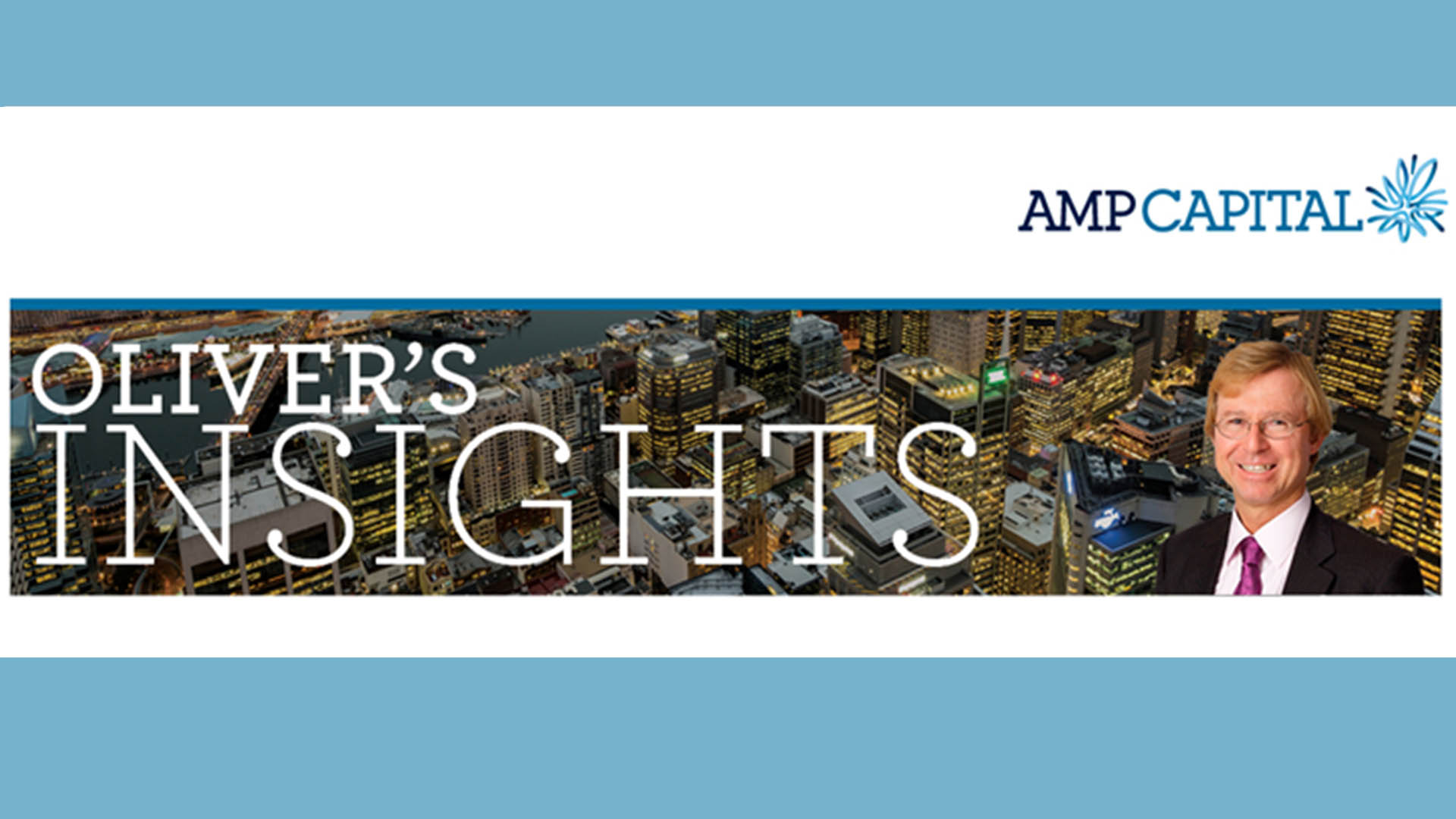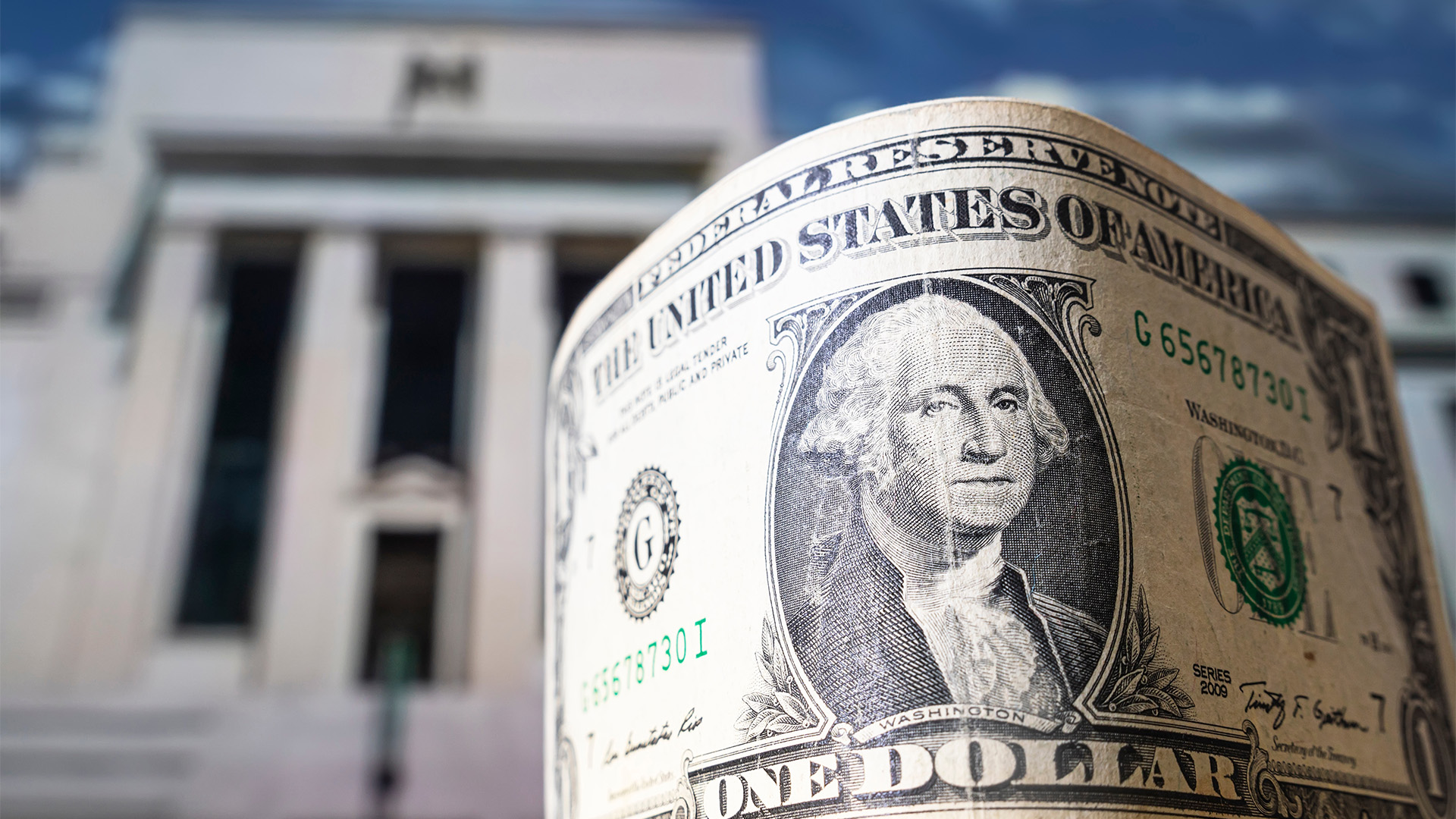It was a rare time in central banking this week with rate rises seemingly here, there and everywhere as September again confirmed itself as the oddest month for financial markets.
This month has seen more rate rises than any other month in recent times with the past week the standout, led by the US Federal Reserve’s latest 0.75% lift.
All up eight central banks boosted rates – besides the Fed, we had increases from the Bank of England, and central banks in Norway, Sweden, South Africa, Indonesia, Vietnam and the Philippines.
As well Japan intervened to stop the yen falling further against the strong US dollar, made stronger by the Fed’s latest rate rise and the Bank of Japan maintaining negative interest rates its decade long very loose monetary policy.
But while monetary policy tightened in those economies this week, it remained loose to relaxed in several globally significant economies – China, Japan and Brazil while in Turkey we saw a politically-driven cut.
Turkey’s central bank cut its rate to 12% from 13%, despite 80% inflation.
The cut resulted from political pressure from Turkey’s authoritarian President Recep Tayyip Erdogan, who has long railed against interest rates and turned against economic orthodoxy by claiming that lowering rates are the way to bring down inflation.
But the central bank of Brazil left its key rate steady on 13.75% after 12 successive increases. There’s a presidential election due soon and the right-wing President Jair Bolsonaro is under pressure.
Switzerland’s central bank lifted its rate by a very un-Swiss like 0.75%, while the Bank of England raised interest rates by 0.50% to 2.25% and alluded to another large rate hike in November to curb inflation.
Central banks in Norway (0.25%), South Africa (0.75%), Philippines (0.50%) and Indonesia (0.50%) also lifted rates this week but the central bank of Vietnam matched the Swedish central bank’s effort with a 1% boost of its own on Thursday.
Remember the Reserve Bank of Australia lifted its cash rate by 0.50% earlier this month and the European central Bank lifted its key rate by 0.75%.
India’s central bank meets next week as does the Thai central bank. Both are forecast to lift their key rates.
The central bank of Sweden’s 1% lift in its key rate came less than a fortnight after a national poll and the election of a right-wing anti-immigration dominated coalition.
The Bank of England might have raised interest rates to the highest level since 2008 but it held back from the more aggressive approach of the US Federal Reserve and but the ECB’s rise.
But while the Bank of Japan maintained its ultra-loose monetary policy stance of the past decade, the government made an equally significant move by intervening to support the yen for the first time in years.
The intervention was the first time since the late 1990s on Thursday (around 7pm Sydney time or 5pm Tokyo time), after the currency slumped to a 24-year low against the greenback after the Bank of Japan left monetary policy on hold. That was around 142.60 to the dollar.
The intervention saw it jump to 142.39 and it was trading around 141.90 on Friday as the intervention worked for the time being and halted the drift lower.
It was the first time Japan had sold dollars since 1998. Newsagencies said Shunichi Suzuki, finance minister, declined to comment on the scale of the intervention.
The surging value of the US dollar has been driven by the rapid lift in rates from the Fed (and their size). Even though Japanese headline inflation is running at 3%, a multiyear high, it is something the Bank of Japan has been trying achieve with its loose policy settings for the past decade.
Its policies are not responsible for the return of inflation to a country where deflation had been the norm for years, it is the surge in the price of oil and the inflation that and other rising costs are generating.
Japan is now the only country in the world to retain negative interest rates as the US Federal Reserve and most other major central banks aggressively tighten monetary policy to fight inflation.
Hours after the bank of Japan again decided to hold its main interest rate at negative levels, the Swiss National Bank abandoned negative rates with its 0.75% increase and lifted its own rates into positive territory.
The Fed raised its main interest rate by 0.75 percentage points for the third time in a row late on Wednesday, forecasting further big rate rises — so ensuring other central banks – bar Japan’s – will be forced to follow.
And judging by some of the comments Powell made on Wednesday at his post-Fed meeting media conference we could get a few more repeats of weeks like this on
Powell made a telling comment in the press conference that “we believe that we need to raise our policy stance overall to a level that is restrictive” and that, among other things, this means “you would see positive real rates across the yield curve and that is an important consideration”
(That’s when the actual policy rate is higher than the rate of inflation, in the case of the Fed, the core PCE figure or personal consumption expenditure rate which the Fed watches closely.)
“The chances of a soft landing are likely to diminish,” Powell warned during his press conference because monetary policy needed to be “more restrictive or restrictive for longer”.
“No one knows whether this process will lead to a recession, or if so, how significant that recession would be,” Powell said at his news conference. “That’s going to depend on how quickly we bring down inflation.”
And he stressed his belief that curbing inflation is vital to ensuring the long-term health of the job market.
“If we want to light the way to another period of a very strong labor market,” Powell said, “we have got to get inflation behind us. I wish there was painless way to do that. There isn’t.”
No relief is in sight based on those comments. Recession is on the cards and the hard heads in the markets reckon rates will remain high well into 2024 even as US unemployment rises and inflation eases.













